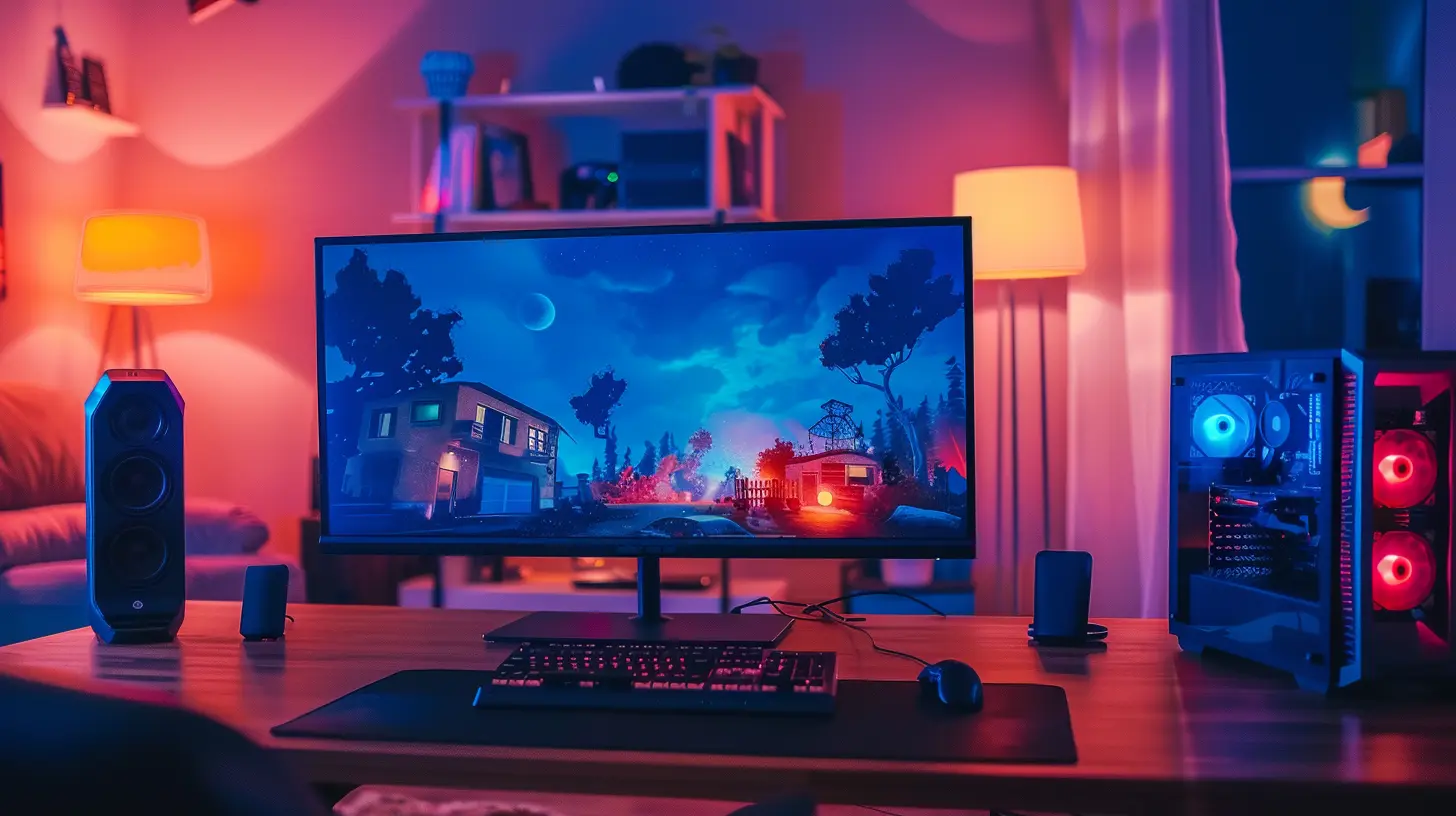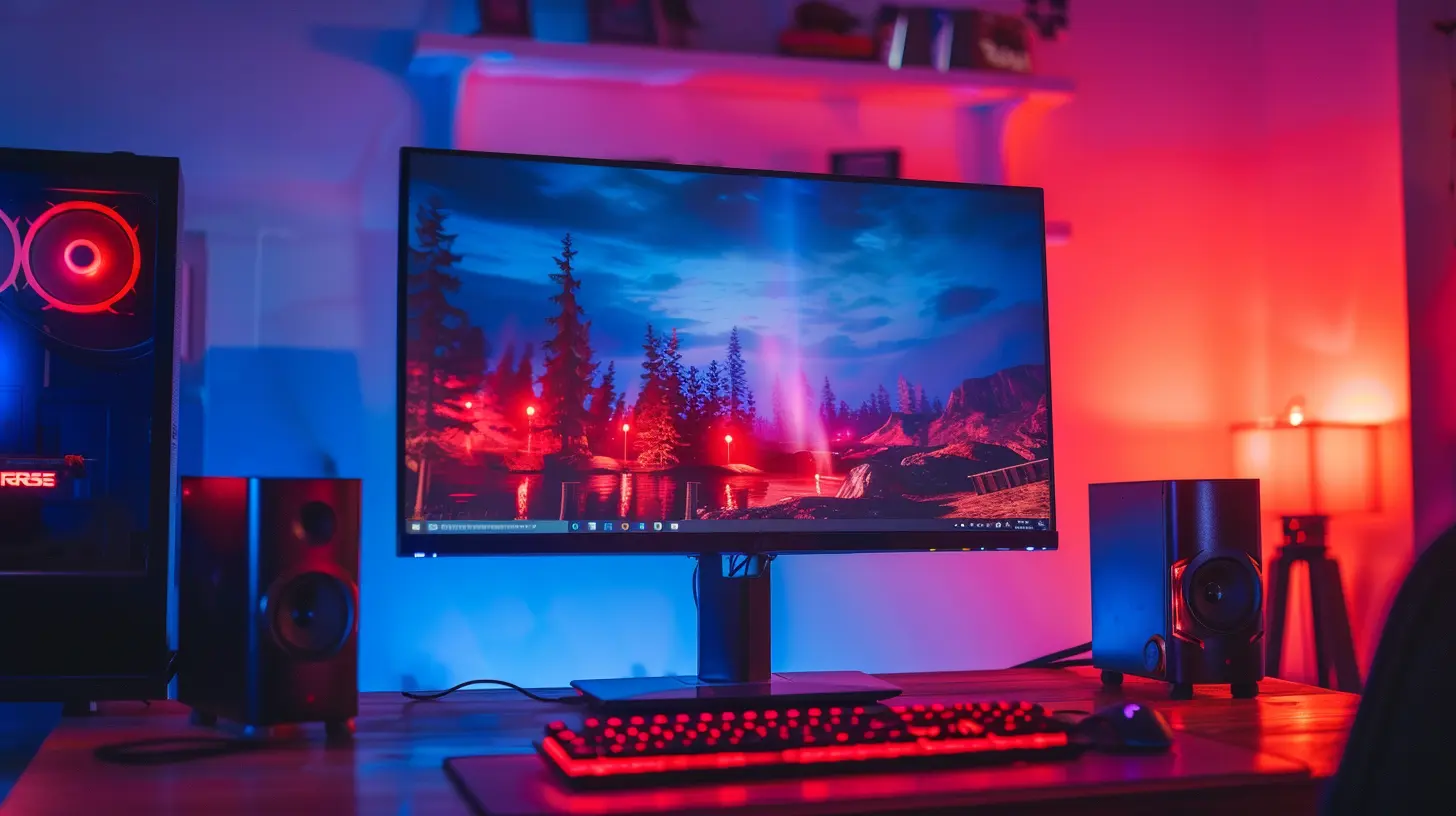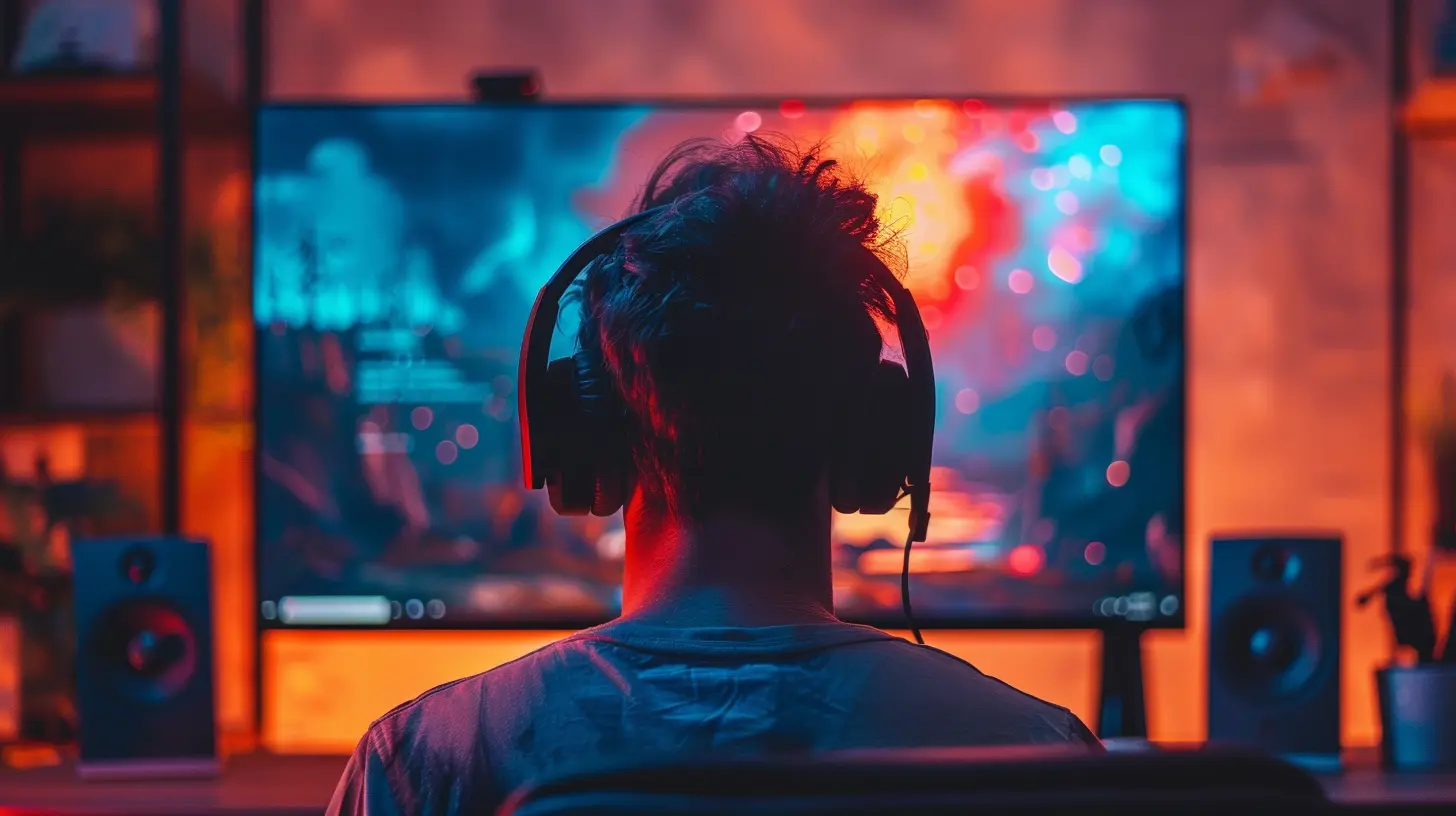Why Response Time on Your Monitor Is More Important Than Ever
8 November 2025
If you've been deep-diving into gaming monitors lately, you've probably come across a term that keeps popping up—response time. Sure, it might seem like just another number among specs like refresh rate and resolution, but don’t brush it off too quickly. That millisecond (or a few) can be a game-changer—literally.
Let’s unravel why response time is more important than ever before. Whether you're a die-hard gamer, an eSports pro, or just someone who wants smoother visuals, this one’s for you.
What Exactly Is Response Time?
Alright, let’s start at square one.In the simplest terms, response time is the time it takes for a pixel on your screen to go from one color to another—usually from gray to gray, which is a standard measure. It's measured in milliseconds (ms), and the lower, the better.
Why gray-to-gray? Because it's less about aesthetics and more about how quickly your screen handles changes in motion. A slow response time can create visual smudging or a ghosting effect—where the pixels lag behind the action.
Imagine you're playing Call of Duty, and you spin around quickly to catch that sneaky opponent. If your screen can't keep up, you’ll see a blurry trail instead of crisp, clean visuals. And that, my friend, can mean the difference between a kill or respawn.
Why Is It So Crucial Right Now?
The gaming world has evolved. We’re no longer dealing with the clunky CRTs of the past. Fast-paced action titles, hyper-competitive multiplayer shooters, and ultra-smooth open-world games dominate today’s libraries. Here’s why response time matters more than ever:1. Modern Games Are Faster and More Demanding
Games today aren’t just pretty—they’re fast. Think Apex Legends, Valorant, or Fortnite. These games demand lightning-quick reactions from players, and if your monitor isn’t up for the task, you're already at a disadvantage.A slow response time turns fast action scenes into a mess of streaks and motion blur. In clutch moments, visual clarity is key. You need to see your enemy first, track their movement, and aim accurately. The faster your monitor responds, the clearer your image is, even in chaos.
2. Higher Refresh Rates Have Become Mainstream
Remember when 60Hz was the gold standard? Those days are long gone. Now, 120Hz, 144Hz, 240Hz, and even 360Hz displays are readily available. But here’s the deal—if your response time can't keep up with that eye-watering refresh rate, you're not really benefiting from it.It's like flooring a sports car with flat tires. Technically, the engine can go fast, but the wheels are slowing you down.
A high refresh rate needs a low response time to really shine. Otherwise, you're just paying for speed you can't actually enjoy.
3. eSports and Competitive Gaming Set High Standards
Professional gaming is no joke. In eSports, every frame and every millisecond counts. That’s not hyperbole—it’s game science.Pro players use high refresh rate monitors with ultra-low response times (1ms or even lower in some cases) to get an edge. And the truth is, average players can benefit too. You don't have to be competing for prize money to want responsive visuals—just a more immersive and precise gaming experience.
If you’re playing ranked matches or climbing leaderboards, a monitor with low response time can give you a subtle but real edge.
4. Visual Fidelity and Immersion Matter More Than Ever
Next-gen consoles and high-end gaming PCs deliver photorealistic graphics, and players expect nothing less than buttery smooth gameplay. The last thing anyone wants is distracting visual noise.Ghosting and motion blur break immersion. It’s like watching a 4K movie on an old VHS tape—it just pulls you right out of the experience.
Whether you're roaming Night City in Cyberpunk or exploring Hyrule in Tears of the Kingdom, you want the visuals to be as sharp and fluid as possible. A responsive monitor helps maintain that cinematic feel.
Response Time vs. Refresh Rate: Know the Difference
Alright, quick sidebar—it’s easy to confuse response time with refresh rate. Let’s clear the air.- Refresh rate is how many times your monitor updates the image per second (measured in Hz).
- Response time is how fast a pixel changes from one color to another (measured in ms).
Both are important, but they serve different roles.
Think of it like this: Refresh rate is how often your screen “blinks,” and response time is how quickly that blink changes what you see. High refresh rate gives you more frames per second, while a fast response time ensures each frame is crystal clear.
You need both to get that smooth, responsive feel. One without the other? You’re bottlenecking your experience.
What’s a Good Response Time for Gaming?
Let’s cut to the chase—what numbers should you actually care about?- 1ms to 3ms: Ideal for fast-paced gaming. Best clarity and lowest ghosting.
- 4ms to 6ms: Still good for most users, but may show some minor blurring in high-motion scenes.
- 10ms+: You’ll likely notice ghosting and less fluid motion, especially during FPS games or sports titles.
If you’re playing something chill like Stardew Valley or Civilization VI, you might not care much. But for shooters or racing games? That few milliseconds matter more than you think.
The Technology Behind It: TN, IPS, and VA Panels
So, what affects response time? Your monitor’s panel type plays a huge role.TN Panels (Twisted Nematic)
- Pros: Fastest response time (as low as 1ms)- Cons: Poor color accuracy and viewing angles
- Best for: Competitive gamers who prioritize speed over visuals
IPS Panels (In-Plane Switching)
- Pros: Great color reproduction and viewing angles- Cons: Slightly slower response times (typically 4ms to 5ms)
- Best for: Gamers who want a balance between visuals and performance
VA Panels (Vertical Alignment)
- Pros: Deep contrast ratios- Cons: Generally slower response times (can suffer from ghosting)
- Best for: Casual gamers or media consumption
If you're serious about gaming, especially competitively, TN or high-refresh-rate IPS panels are your best bets.
Marketing Gimmicks: Be Careful With Specs
Here’s where things can get a little murky. Monitor manufacturers love to highlight “1ms response time,” but that doesn’t always tell the full story.Many brands report GtG (gray-to-gray) response time, which is often the fastest transition. But that doesn’t mean every transition will be that fast. Some use MPRT (Moving Picture Response Time) instead. It’s a different measurement entirely, often used when motion blur reduction tech is turned on.
Also, keep an eye out for overdrive settings. Monitors may advertise low response times that only happen when overdrive is cranked to max—which can introduce overshooting artifacts.
So yeah, read the fine print and real-world reviews before believing those flashy numbers.
How Response Time Affects Your Eyes and Fatigue
Did you know response time can even affect eye fatigue?When motion blur is constant, your eyes work overtime to focus. Over a long session, that strain builds up. A fast response time delivers cleaner images, meaning your eyes don’t have to compensate as much. Less ghosting, less eye stress.
Especially if you're streaming for hours or grinding ranked matches into the night, your body will thank you for going with a monitor that has top-tier response performance.
Should Casual Gamers Care?
Yes and no. If you're not playing anything fast-paced, do you need a 1ms response time? Probably not.But here’s the twist—you still want something decent. Monitors with awful response times can make even casual games look sluggish. If you like beautiful visuals and smooth gameplay, there’s no harm in going for a good IPS panel with solid response speeds.
It’s kind of like buying a fast car for city driving. You won't use all that horsepower, but it sure feels nice knowing it's there.
So, Is It Time for a Monitor Upgrade?
If you’re gaming on an older monitor, especially one with 8ms+ response time, it might be time for a change. You don’t have to drop a fortune—there are solid 144Hz monitors with 1ms response time that won’t break the bank.Keep an eye out for deals, and prioritize response time just as much as resolution or refresh rate. A stunning 4K monitor means little if every frame ends up a blurry mess.
Final Thoughts
As games get faster and expectations get higher, your monitor has to keep up. And response time? It’s no longer some niche spec for hardware nerds—it’s something that affects how every player experiences the game.Whether you're chasing the next rank, trying to hit that perfect frame in Rocket League, or just want smoother visuals across the board, a lower response time monitor makes a massive difference. It’s like putting on glasses for the first time—you’ll wonder how you ever played without it.
So next time you're hunting for a new monitor, don’t just look at the resolution and refresh rate. Ask yourself: How fast do my pixels move?
all images in this post were generated using AI tools
Category:
Gaming HardwareAuthor:

Lana Johnson
Discussion
rate this article
1 comments
Christina Carey
This article beautifully highlights a crucial aspect of gaming that often goes overlooked. As someone who’s experienced the frustration of lag, I truly appreciate the clarity you provide on response time. It's a game-changer for enhancing immersion and competitiveness. Thank you for shedding light on this important topic!
November 10, 2025 at 5:26 AM

Lana Johnson
Thank you for your insightful comment! I'm glad you found the article helpful in highlighting the importance of response time in gaming. Your experience underscores its significance in enhancing gameplay.


